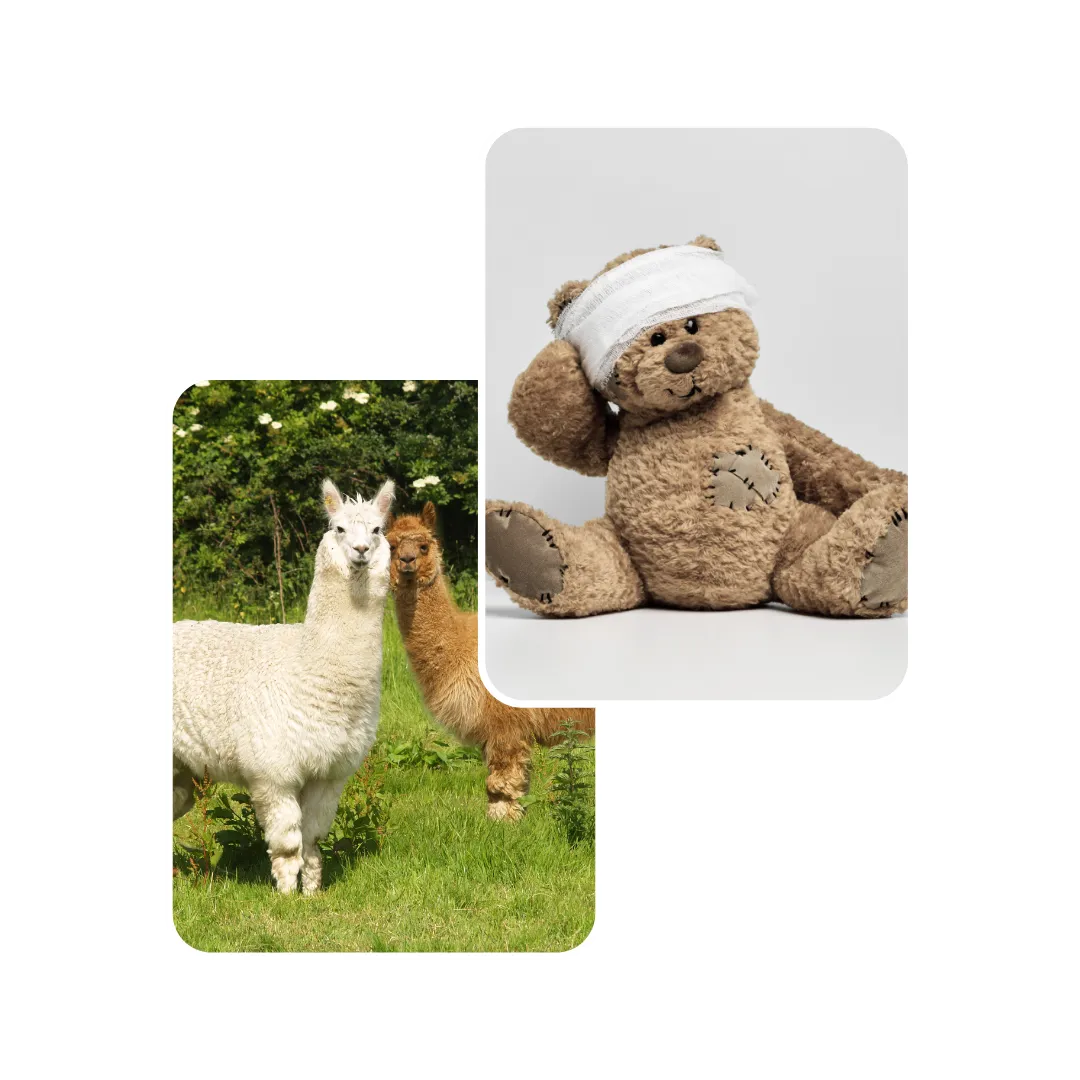

Secure Fencing. Fencing should be smooth, woven wire (not barbed or electric tape) to prevent leg and neck entrapment injuries.
Absolutely. Any puncture wound is an immediate risk of introducing fatal bacteria (like Clostridium) deep into the tissue. Emergency antibiotics are mandatory.
Use abrasive floor materials, rubber mats, or cover icy areas with sand/salt to provide necessary traction and prevent falls that cause severe injury.
Their long, slender legs and startled behavior make them susceptible to fractures in certain situations, especially during high-speed herd movements or falls.
No. Halters should only be worn during direct supervision. Leaving a halter on risks getting it caught on fencing or feeders, leading to severe neck trauma or strangulation.
Your pet deserves expert care – Book an appointment with our experienced vets today
